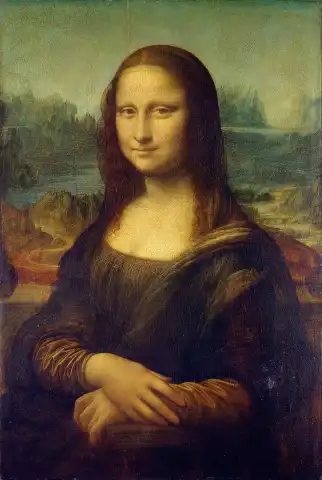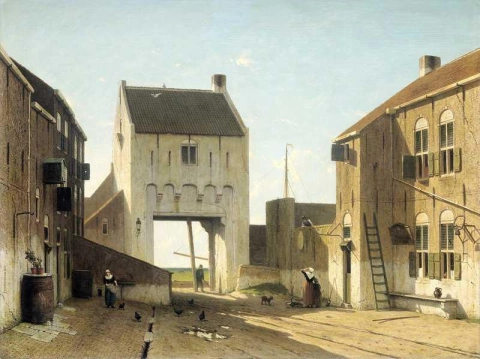

Hand painted reproductions of Jan Weissenbruch
Jan Weissenbruch: A Dutch Master of Landscape and Marine Painting
Early Life and Artistic Development
Jan Weissenbruch (1822–1880) was a renowned Dutch landscape and marine painter, widely recognized for his sensitive portrayal of nature and waterways. Born in The Hague, Netherlands, Weissenbruch grew up in a city surrounded by canals and water, which would later influence much of his work. He studied at the Royal Academy of Art in The Hague, where he developed a passion for landscape painting, a tradition deeply rooted in Dutch artistic culture.
In the early stages of his career, Weissenbruch worked as an architectural draftsman, which helped him refine his eye for detail and perspective. He eventually shifted his focus to painting, finding inspiration in the natural beauty surrounding him. Weissenbruch’s early works were influenced by the Dutch Romantic movement and the French Barbizon school, but over time, he developed a distinctive style that combined realism with an emotional sensitivity toward nature’s moods.
Style and Influence
Jan Weissenbruch’s paintings are characterized by their serene yet evocative portrayal of landscapes, often depicting the flat Dutch countryside, expansive skies, and tranquil waterways. His style is marked by a keen attention to detail, natural light, and an understanding of the atmospheric effects that shape the land. Weissenbruch excelled at capturing the subtle transitions of light, particularly in his depictions of early morning and late afternoon, when the landscape seemed to glow under the influence of soft sunlight.
Weissenbruch was particularly drawn to the scenes around the waterways and canals of the Netherlands, frequently painting boats and figures at rest or in motion. His compositions often evoke a peaceful stillness, inviting the viewer to pause and reflect on the beauty of nature. His use of light and shadow is subtle yet powerful, adding depth and emotion to his works.
Weissenbruch’s style evolved over time, and by the 1850s, he became more aligned with the Hague School of painters, a group of artists known for their naturalistic approach to Dutch landscapes. Though not as famous internationally as some of his contemporaries, his work was highly respected in the Netherlands, and he became known as one of the leading figures in Dutch landscape painting during the mid-19th century.
Legacy and Recognition
Jan Weissenbruch’s legacy as a master of Dutch landscape painting endures through his remarkable ability to convey the tranquility and beauty of the natural world. His works were widely exhibited in the Netherlands and remain highly regarded in Dutch art history. While his fame was largely confined to his home country during his lifetime, his influence has grown in the years since, with his paintings held in major collections such as the Rijksmuseum in Amsterdam.
Weissenbruch’s ability to capture the essence of the Dutch landscape and his mastery of light and color has ensured his place as one of the most significant Dutch painters of the 19th century. His work is still admired for its attention to detail, atmospheric qualities, and its ability to evoke a deep emotional connection to nature.
Where to Buy Handmade Oil Painting Reproductions of Jan Weissenbruch’s Works
Bring the beauty of Jan Weissenbruch’s serene landscapes and waterways into your home with our high-quality, handmade oil painting reproductions on canvas. Each reproduction is carefully crafted to capture the gentle light, atmospheric depth, and tranquility that define Weissenbruch’s style. Explore our collection today and enjoy the timeless elegance of Dutch landscape art.
Imagine owning an original work of art by Jan Weissenbruch, one of the greatest artists in history. At POD we offer you the opportunity to make this dream come true. We reproduce Jan Weissenbruch's works down to the smallest detail, so you can enjoy them in your own home.
Our reproductions are made by experienced artists who use the best materials and techniques. We are dedicated to providing you with the highest quality works of art, which will bring joy and inspiration to your family for generations.













